|
Max started drawing from both nature and imagination in childhood, making pseudo-scientific illustrations and illustrated stories with animals and people as subjects and characters. In school, he began winning awards and commissions for both representational and abstract paintings and sculpture. A generous and empathetic art teacher introduced him to cutting-edge, experimental art, film, music and performance and became a lifelong mentor, and Max responded, collaborating with friends to make experimental films, sculpture and multimedia "happenings."
He attended the University of Chicago with an art scholarship and pursued an intensive studio program at the University’s Midway Studios, including a year of classical life drawing and anatomy under studio director and leading critic Harold Haydon. He applied and was accepted at several prominent art schools, but financial constraints forced him to give up on further art education, and he transferred into engineering school for the financial security of a professional day job.
Burnt out after graduation, he rebelled, following a friend to California Institute of the Arts, squatting in a studio for a year and living on welfare and food stamps, studying and working in the company of future art stars like Mike Kelley and Stephen Prina and established masters like John Baldessari and Sherrie Levine. Then he got a job in San Francisco at the height of the post-punk era and the dawn of street art. There, he found more kinship with underground and street culture than with academic art and the gallery scene. Inspired by the DIY ethic, he decided to rely on his day job for a livelihood, remaining independent of the high-pressure art market, which would limit his freedom to experiment.
At CalArts and subsequently in San Francisco, he produced many public guerrilla installations and performances, both solo and with friends. At the same time, he was plastering walls all over San Francisco with his poster designs. One of his punk posters was used as the cover of the book Street Art. But his private work evolved rapidly from figurative paintings and drawings on canvas to more visionary, hallucinatory, and abstracted compositions on paper, which were often on display during public events at his multimedia art space.
On camping trips to the desert, he made ephemeral paintings on stone, in caves and on cliff faces, some of them monumental. Then, he discovered and intensively studied Native American rock art – petroglyphs and pictographs – and became convinced that they represented a superior integration of art with life and its mysteries. Many of his drawings began to resemble pictographic compositions.
To this day, he has remained an outsider artist, although he occasionally reads zines and blogs and visits museums to keep up with trends in the international scene.
| |
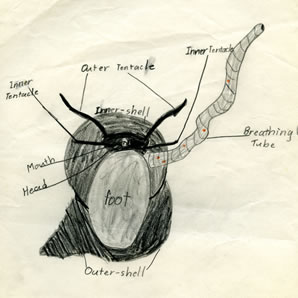
Age 7: Snail, pencil on paper
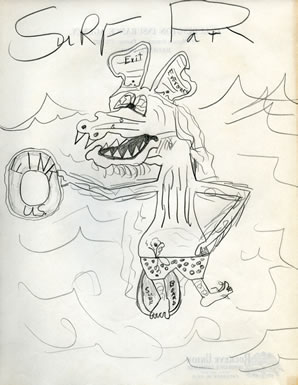
Age 12: Surf Rat, pencil on paper
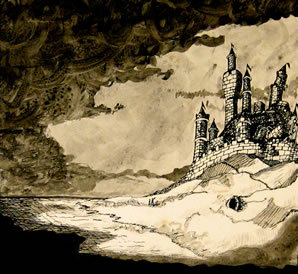
Age 16: The Last Unicorn, ink on paper
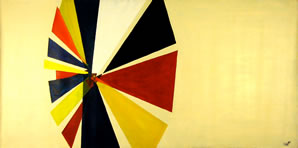
Age 17: Windmill Number One, oil on canvas
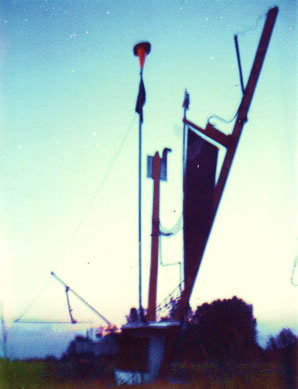
Age 17: Guerilla sculpture, found materials 18' tall
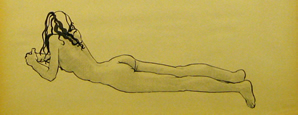
Age 20: Detail of life drawing, ink on paper
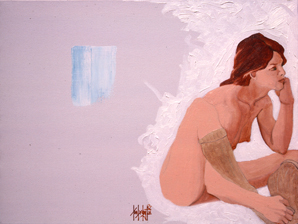
Age 25: Study in Red and Green, oil on canvas
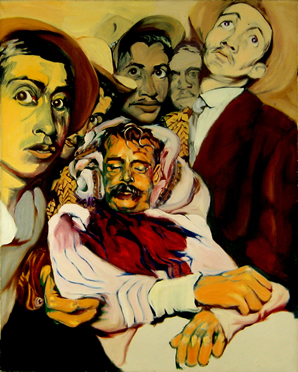
Age 27: Death of Zapata, oil on canvas
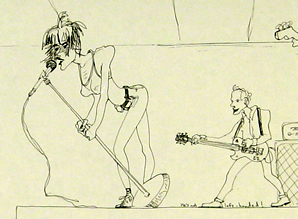
Age 28: Detail, X at the Whisky, ink on paper
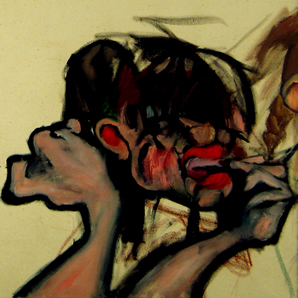
Age 28: Detail, Death of Lennon, oil on canvas
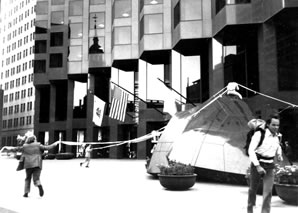
Age 29: Guerilla performance, San Francisco
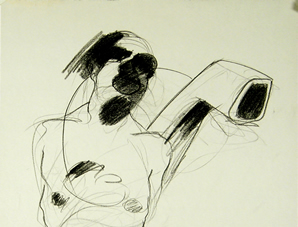
Age 30: Detail of Untitled, graphite on paper
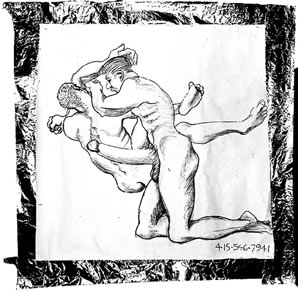
Age 30: Guerilla installation, CalArts
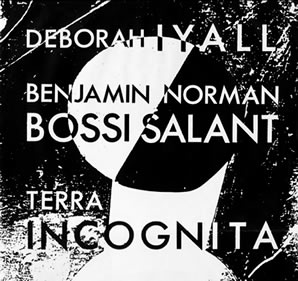
Age 34: Detail of poster
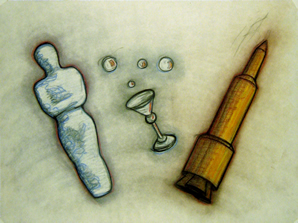
Age 35: Untitled, pastel on paper
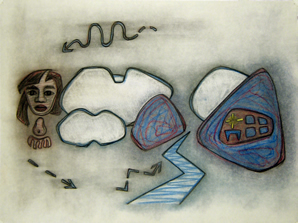
Age 35: Untitled, pastel on paper
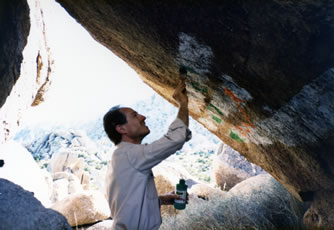
Age 36: Painting in desert cave
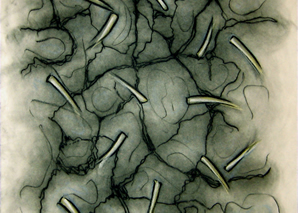
Age 44: Detail of Untitled, pastel on paper
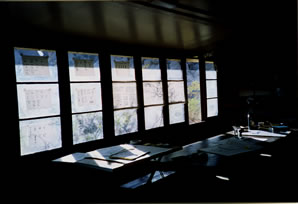
Age 50: Studio, artist residency in Mojave Desert
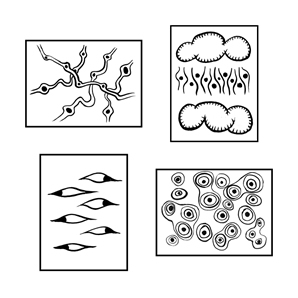
Age 59: Untitled, sumi ink on paper
|
|